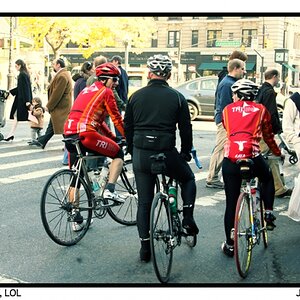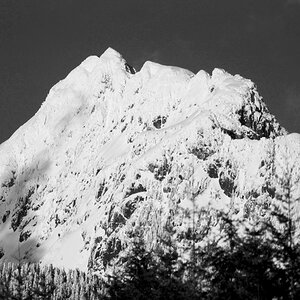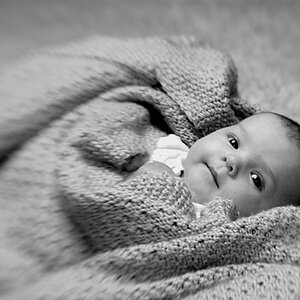Until now, the maximum size print I offered portrait clients was a 16x24 inch.
After attending a few seminars from leading pros here in Aus I decided to rework my packages to include larger prints up to 36x24 inches (90x60cm).
Realising that my camera's max output is a 24MB file in RAW (Fuji S5) which equates to about a 12x18inch at 300dpi and given that your average camera is between 12 and 21 Megapixels (I think) these days, I am wondering is there a preferred method for upsizing files?
I have experimented using "Genuine Fractals" vs Photoshop and can see only little gain in using Fractals. However at an image size of 24 x36inches I don't feel the image quality is up to where it should be.
So I was wondering what others do to get these large images, how far will they go (ie:upsizing) using what process ? starting with what file size and format and are they always happy with the result?
I need help please as I am not sure whether I am just starting with inferior images or I am expecting too much?
Feed back would be appreciated
Thanks
After attending a few seminars from leading pros here in Aus I decided to rework my packages to include larger prints up to 36x24 inches (90x60cm).
Realising that my camera's max output is a 24MB file in RAW (Fuji S5) which equates to about a 12x18inch at 300dpi and given that your average camera is between 12 and 21 Megapixels (I think) these days, I am wondering is there a preferred method for upsizing files?
I have experimented using "Genuine Fractals" vs Photoshop and can see only little gain in using Fractals. However at an image size of 24 x36inches I don't feel the image quality is up to where it should be.
So I was wondering what others do to get these large images, how far will they go (ie:upsizing) using what process ? starting with what file size and format and are they always happy with the result?
I need help please as I am not sure whether I am just starting with inferior images or I am expecting too much?
Feed back would be appreciated
Thanks






![[No title]](/data/xfmg/thumbnail/32/32637-865ab9beec7e00237b64e4fcb8fe947f.jpg?1619735555)
![[No title]](/data/xfmg/thumbnail/36/36423-4f4abd5f32da2219d4967c7a13b07a8c.jpg?1619737566)
![[No title]](/data/xfmg/thumbnail/32/32926-ec27ecead8c80d803404500d8f888dbf.jpg?1619735754)




